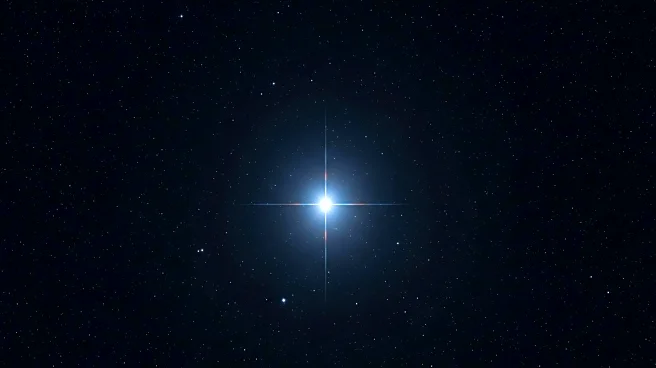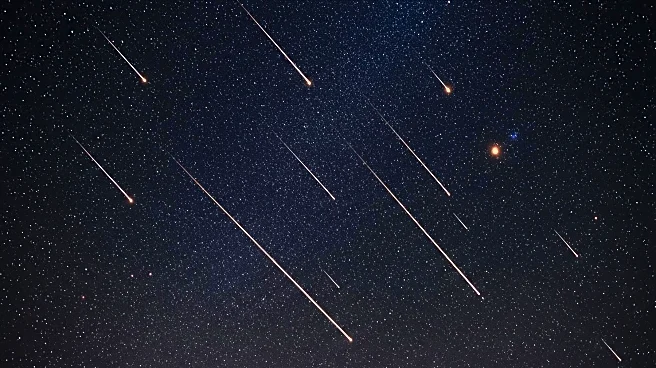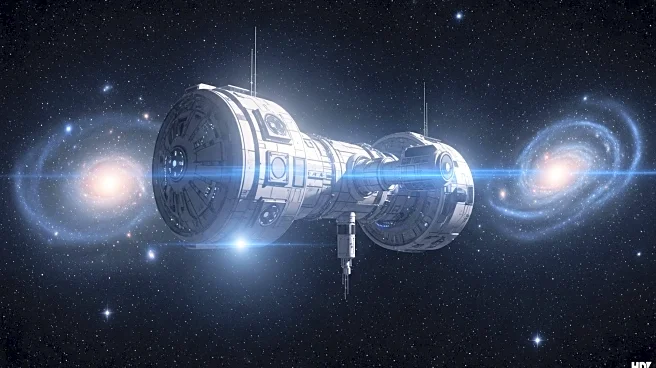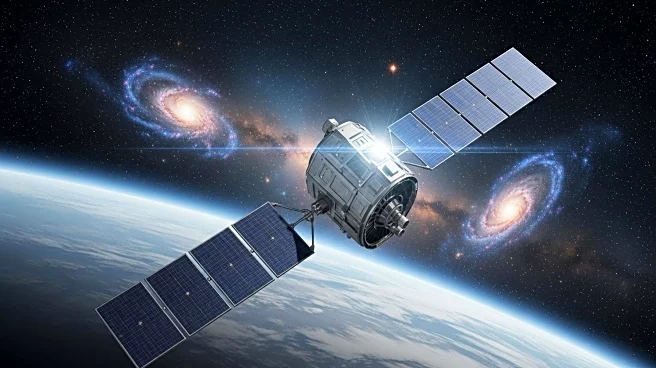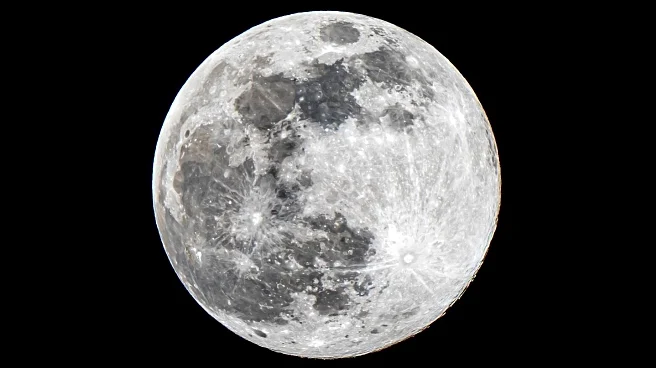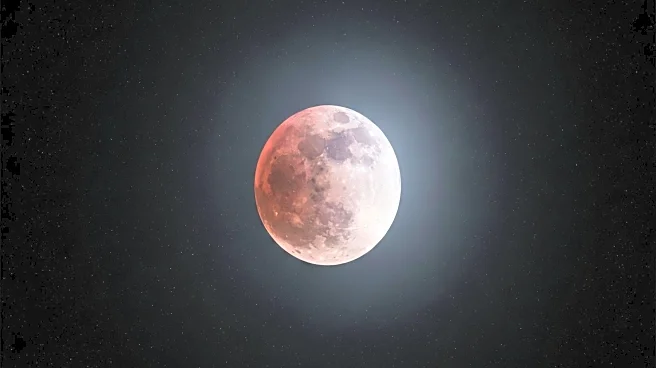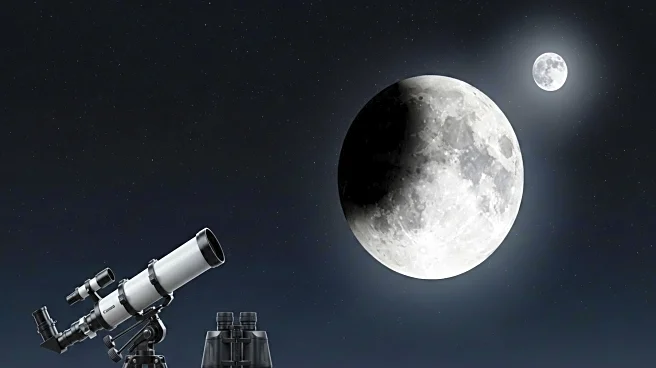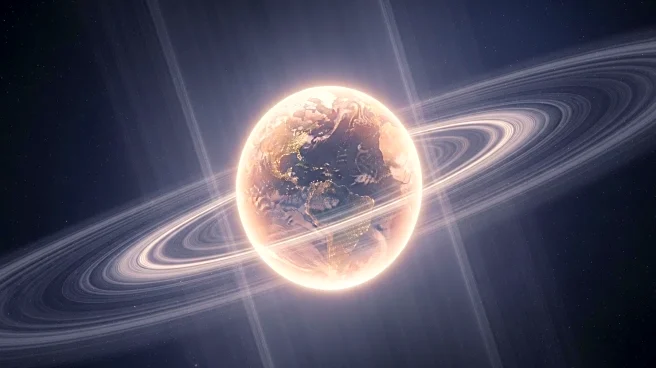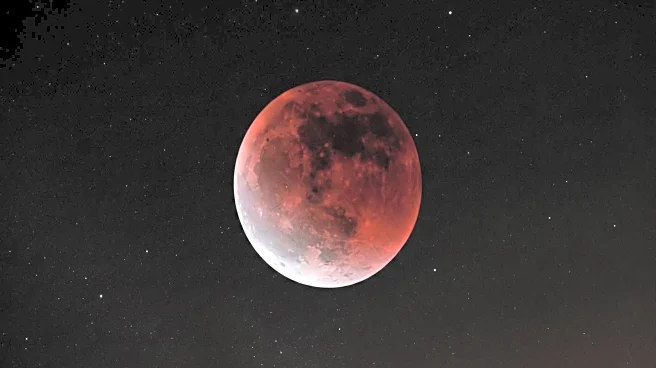What's Happening?
Fomalhaut, the brightest star in the constellation Piscis Austrinus, is prominently visible in the southern sky. This young star, located 25 light-years from Earth, is approximately 450 million years old and has a mass nearly twice that of the Sun. Fomalhaut is surrounded by a large protoplanetary disk, initially thought to contain a gas giant planet, but later identified as collisional debris. The star reaches its highest point in the sky around midnight, offering a clear view for observers.
Why It's Important?
The visibility of Fomalhaut provides astronomers and enthusiasts an opportunity to study a young star and its surrounding protoplanetary disk. Understanding such systems is crucial for insights into planetary formation processes. Observations of Fomalhaut can contribute to broader astronomical research, potentially influencing theories about star and planet development. This event also serves as an educational moment for the public, fostering interest in astronomy and celestial phenomena.
What's Next?
Observers in the mid-U.S. can view Fomalhaut at its peak just after midnight, while those at lower latitudes will see it higher in the sky. Continued observation may yield further insights into the star's protoplanetary disk and the dynamics within it. Astronomers may use this opportunity to refine models of planetary system formation and study the star's characteristics in greater detail.
Beyond the Headlines
Fomalhaut's visibility underscores the importance of public engagement with astronomy. Events like this can inspire future generations to pursue careers in science and technology. Additionally, the study of such stars can have long-term implications for understanding the universe's evolution and the potential for life beyond Earth.
